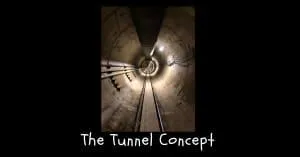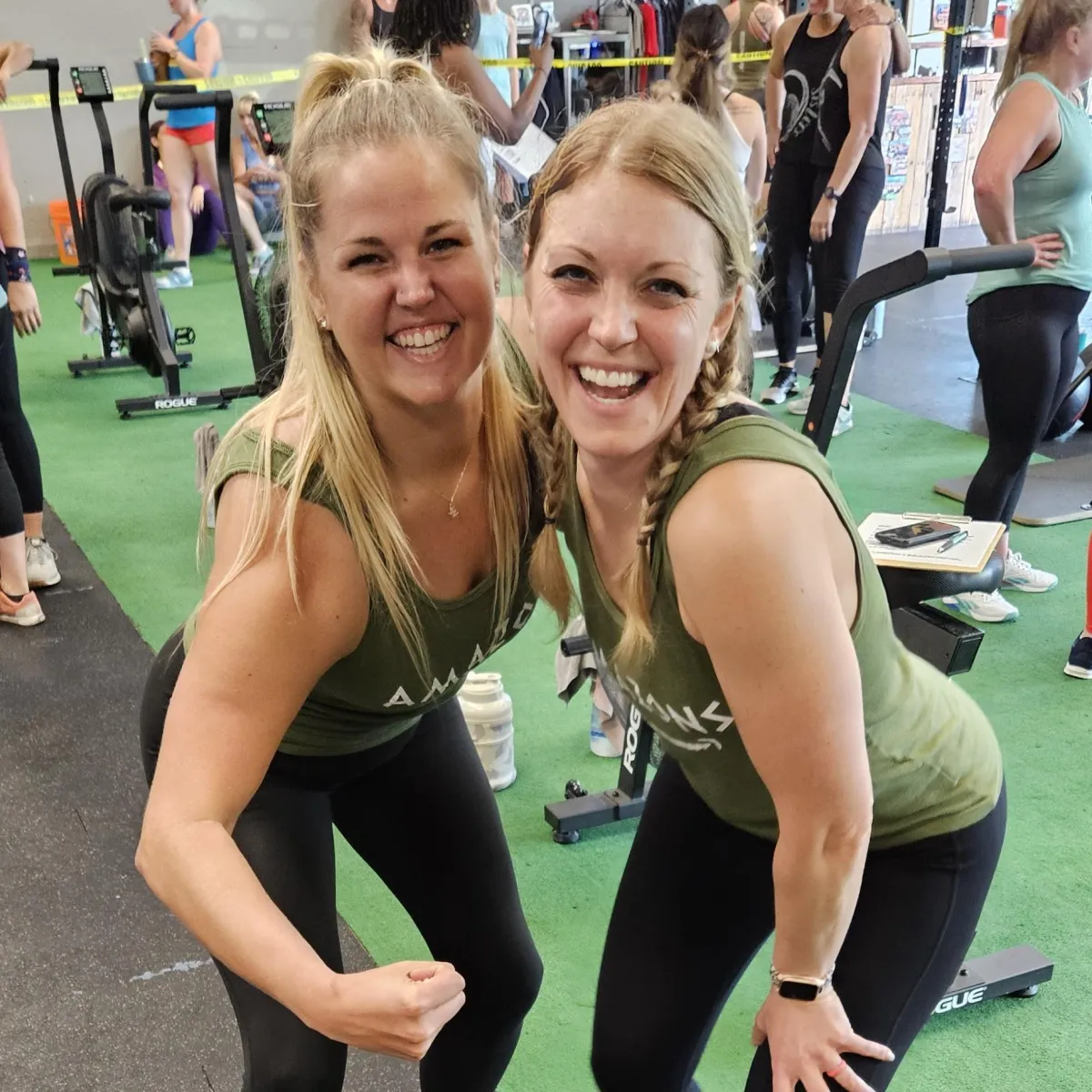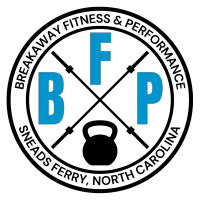WEIGHT LOSS & FITNESS BLOG

The Tunnel Concept
I wanted to share something that I read from the book, Supple Leopard. Dr. Kelly Starrett talks about the tunnel concept. It’s fitting for everyone and hopefully it engages you to become more mindful when lifting. The concept is not mind blowing, but it’s something that takes practice and eventually should become a habit.
The tunnel concept refers to starting a movement in a good position (enter the tunnel) in order to finish the movement in a good position (exit the tunnel).
When you are already under load, it’s difficult to organize your body into a good position. The back squat is a great example because I often see people set themselves up after they have lifted out of the rack. It’s hard to create tension and brace your spine with weight pressing down on it. In this case, you did not enter the tunnel correctly.
When lifting, are you entering the tunnel in a good position? Don’t worry, I used to go through the motion and not think twice about what I was doing before my lift. Once I became mindful and developed a routine for my setup, I really started to notice improvements in my overall movement.
Here are 2 things that you can work on when setting yourself up for any lift. Super easy to implement!
Brace your spine in a neutral position and maintain that tension throughout the lift.
Create torque in your hips or shoulders.
If you’re asking, what do those things even mean? No worries. Let me dive in and talk about each one.
First thing you need to do is to brace your spine, simply take in a breath using your belly (diaphragm) and squeeze your abs, like somebody is about to punch you. You need this intra-abdominal pressure to help protect your spine, so get used to doing this! Don’t worry, once you do this over and over, it becomes a normal thing to do.
After bracing, you need to set your body in a neutral position. Neutral position consists of setting your head, shoulders, back, hips, feet. Let me break that down even more.
Your head should be straight with the chin packed. Keep your head still, don’t look around.
Your shoulders should be back and down.
Your back should not have any excessive rounding (spinal flexion) or arching (spinal extension).
Your hips should be below your ribs and butt squeezed tight.
Your feet should be about hip width apart (depending on exercise)
The next thing to do is create torque in your hips or shoulders. Torque is a rotational force that we can create by externally or internally rotating from that joint. Your hips and shoulders are a ball and socket joint, so they move in all types of directions.
Essentially, when you create torque, you activate the musculature to support the joint. When you fail to create torque, you essentially hang on your tissues and rely on your tendons and ligaments to support the position you are in. Let’s go back to the squat analogy. When you are ready to descend into your squat, you need to create torque in the hips. To do this, you must actively rotate your feet out, without actually moving them. Think of it as screwing your feet into the ground. Same would go if we were talking about a pushup. Once your body is set in a neutral position and braced, think of rotating your hands out without actually moving them. This is how you create torque.


Are you Ready to become
sTRONG - FIT - cONFIDENT?
Click the Button To Start Your Journey Today!!

